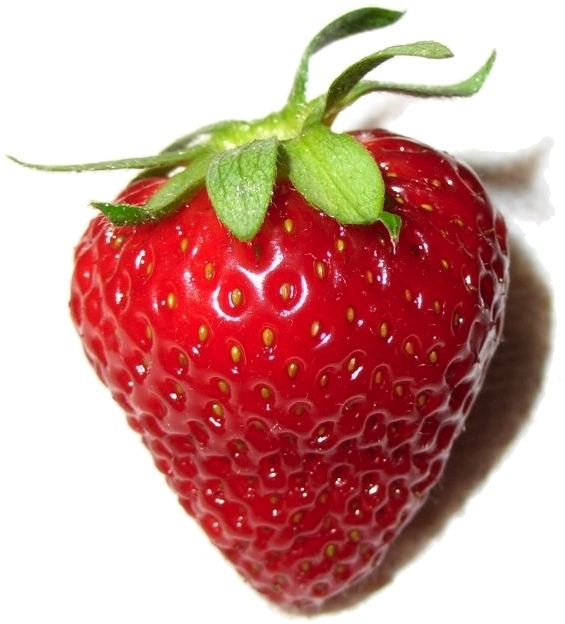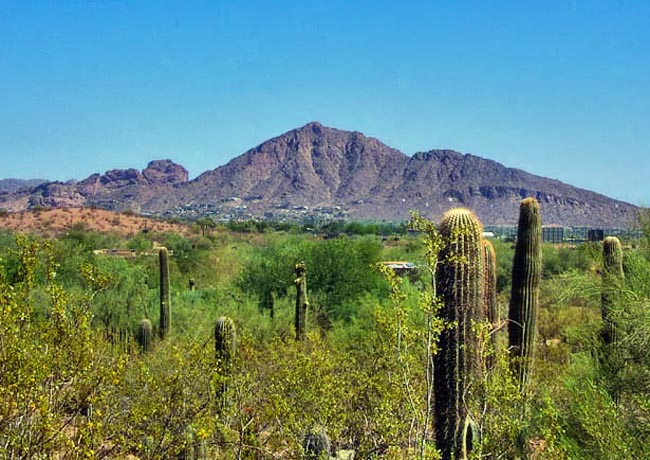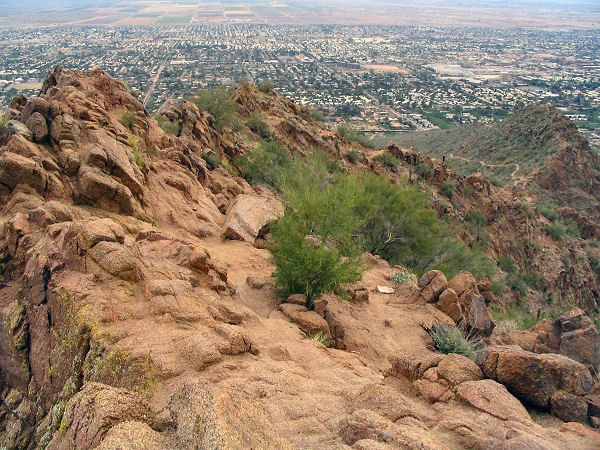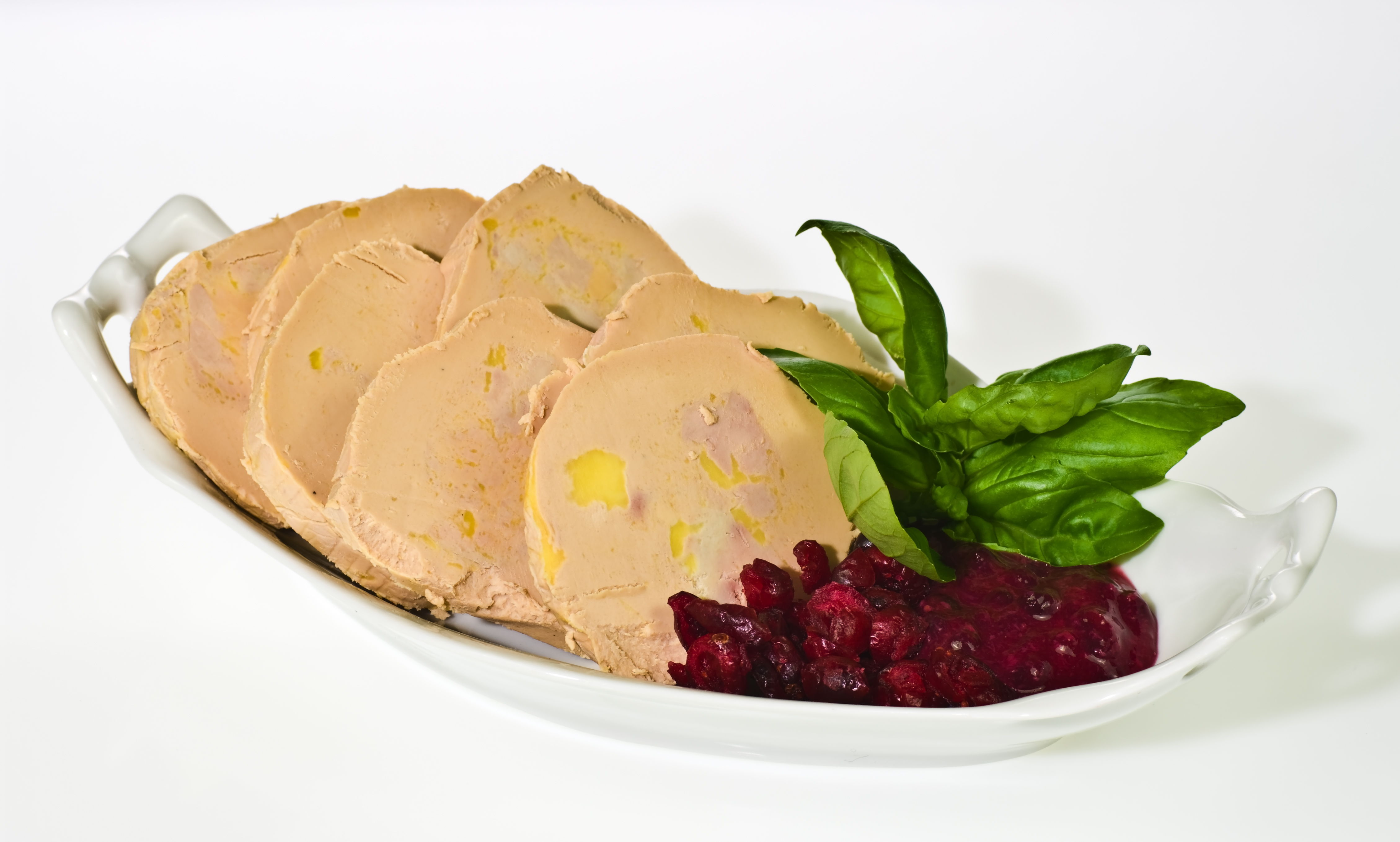Sorry for the delay in posting, everyone! I was going to post yesterday, but I spent a lot longer at Regionals than I thought I was going to. And then all day today. But that's over now, so you can expect a more consistent schedule from here on out.
I said last week that I was going to go into more detail about what ketosis actually is from a first-hand perspective. But first, I'll repeat what ketosis is for those of you who aren't hanging onto my every word (shame on you).
Being in "ketosis" (or, being "ketotic") is the state your body is in when it is burning fat. When your body runs out of glucose stores, it starts to burn fat for energy, producing chemical structures called ketones. Any of you who have studied organic chemistry should remember what those are. If you haven't, they look like this:
 |
| They smell like fruit or for some reason. |
Each R is just another long chain of carbons, but that isn't really super important. Ketones can pass through the blood-brain barrier to supply energy for the brain so that it still works right, since longer fatty acid chains are too big to really be useful in that area. I'll get into how that works in a later post. Afterwards, your body gets rid of the ketones through the urine.
I mentioned last time that there is a very useful way to test if you're ketotic. Most drug stores sell test strips that turn purple when in the presence of ketones. Since they are flushed out of the body through the urine, that's what you can test to see if you're ketotic.
 |
| Kind of gross, but it works. |
As part of my project, I am going on a low-carb diet to induce ketosis so I can see the biochemical effects first hand. As of Wednesday, I am officially ketotic, so I can share some of my thoughts about the experience.
First of all, this means I can't eat any carbs or sugar. Well, I can eat up to 50 grams of carbs a day, and while this sounds like a lot, it helps to look at certain foods. One slice of bread has 36g of carbs. If I eat a sandwich, that uses more than my daily carb limit.
It's not just bread that has a huge amount of carbohydrates; any grains (including pasta, oatmeal, and cereals) contain a high amount of carbs. Certain fruits, like pineapple and mango (all the really sweet ones, basically) have a high amount of fructose, which contains a molecule of glucose.
 |
| The silent killer. |
Milk and most other dairy products contain a fairly high amount of carbohydrates as well.
So, what can someone on a diet like this eat? Lots of vegetables, for one. Green leafy vegetables are okay, but sweet veggies like carrots and parsnips aren't really that great for you (as, you guessed it, both have a high amount of carbs). Protein is also important to eat--as you might remember from my last post, protein supplies the body with glucose through gluconeogenesis so that your body still works correctly. Surprisingly, fats and oils are still okay to eat.
Here's a list of foods that are surprising that you can eat:
1. Eggs
2. Cheese (as long as it's hard cheese)
3. Steak
4. Strawberries (each only have around 1g of carbs per fruit)
And, my personal favorite,
5. Bacon
 |
| Any diet where this is okay to eat is fine in my book. |
Here's a list of food that I'm surprised you can't eat:
1. As stated above, carrots
2. Hummus
3. Popcorn
4. Any type of bean
5. Peas, and legumes in general
6. Most fruits
I think the part that is the most difficult to deal with is the fact that you can't eat potatoes. Potatoes are really starchy, which is pretty much pure carbohydrates.
But enough about what you can't eat. How did it feel to start ketosis? Basically, when I first started to burn through my stored glucose, I was pretty miserable. I missed eating bread almost immediately, but it wasn't really difficult to actually
do. Breakfast seems be the toughest meal to deal with, since pretty much all you can eat are eggs and sausage. I need to do a little more digging to find good breakfast recipes. I'll definitely share them here if I find any.
Once I became ketotic though, it started to get weird. I felt different than I would have if I had been eating carbs. I can't really describe the sensation; it was almost like having a headache without it actually hurting, if that makes sense. It was probably because I needed to drink more water. I should probably mention that risk of dehydration increases somewhat when you're ketotic, since a lot of the water associated with glucose storage goes away. So that's a thing.
I was very surprised at what foods I was craving, though. I had expected to crave bread, because that's where most of my carbs were coming from before I started this project. However, I just
really, really wanted a piece of fruit. The fruit cravings were driving me crazy. I remembered that Dr. Walker had said that I should wait until I was ketotic and then experiment with different fruits to see if they bounced me out of ketosis. So, purely for scientific reasons and totally not just because I needed a piece of fruit
right now, I cautiously ate a kind of strawberry. It was kind of wilty and soft in some places, and looked kind of icky.
It was the BEST STRAWBERRY I've ever had in my LIFE.
 |
| *Hallelujah Chorus plays joyfully in the background* |
As it turns out, having an occasional strawberry doesn't kick me out of ketosis, so I can enjoy the occasional strawberry without it messing anything up.
My mom, who's also doing this with me because she doesn't want me to be alone (thanks, Mom!), has had some side effects that I haven't had. She says that she has this constant bad taste in her mouth. This is because ketones are also secreted through saliva, and they really don't taste very good. You should be able to fix this by drinking more water and diluting your saliva.
She also seems to have increased irritability. Ketosis apparently does this to some people, but I'm not sure why, so I'll be researching that and reporting what I find here. This
might not have anything to do with ketosis, since she's kind of grumpy anyway (love you, Mom!), but it probably does.
That about wraps it up for this post. Next time I'll get more into the nitty gritty science of cellular metabolism in the mitochondria and what happens when there's an overload of glucose. Until then, so long!
































